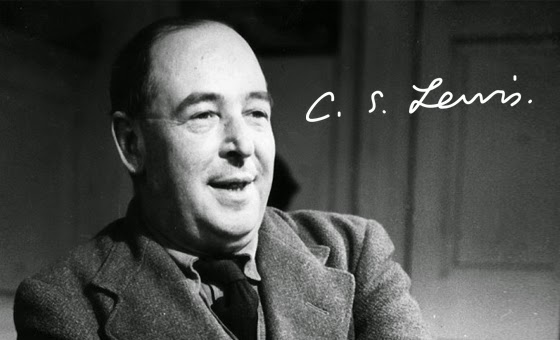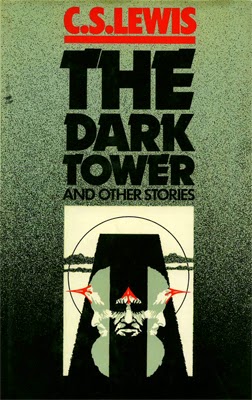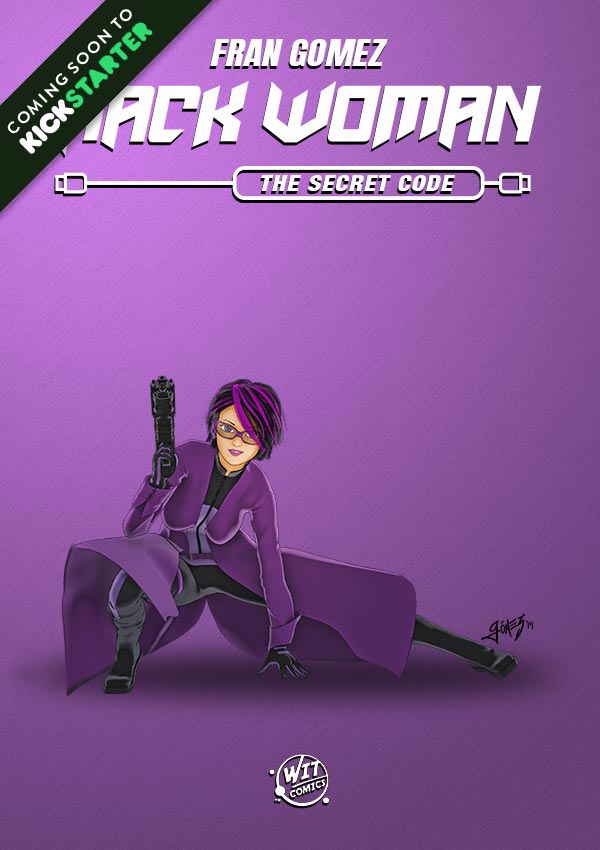The famous author of The Chronicles of Narnia, Clive Staples Lewis, best known as C. S. Lewis is one of the most greatest fantasy writers in history.
Fellow novelist and close friend of J. R. R. Tolkien, C. S. Lewis was born in Belfast, Ireland on November 29, 1898. He held academic positions at both Oxford University, 1925–54, and Cambridge University, 1954–63.
His love for ancient mythology and his profound christian faith are the main influences on his work, during the wartime, his radio broadcasts on the subject of Christianity brought him wide acclaim.
He is best known for his fantasy work, especially The Chronicles of Narnia -thanks to the film adaptations, but he left an important legacy to science fiction literature with The Space Trilogy and The Dark Tower.
The Space Trilogy.
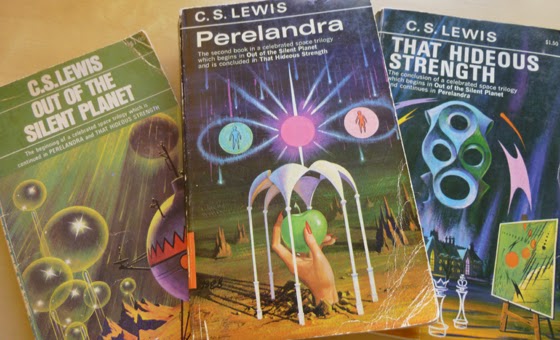 |
| The Space Trilogy. Photo by thewardrobedoor.com |
The Space Trilogy or Cosmic Trilogy is a series of science fiction novels about a philologist named Elwin Ransom and his discovery of life outside of Earth.
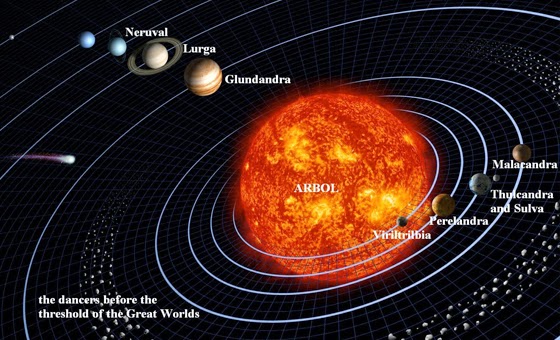 |
| The Field Arbol (the Solar System) |
The first book of the Trilogy is Out of the Silent Planet (1938), set mostly on Mars (Malacandra). The main character, Elwin Ransom, voyages to Mars and discovers that Earth is exiled from the rest of the Solar System (The Field of Arbol), far back in the past, Earth fell to an angelic being known as the Bent Oyarsa, and now, to prevent contamination of the rest of The Field of Arbol, it is known as “The Silent Planet” (Thulcandra).
 |
| Malacandra by Boat. Art by Rebel Penguin at DevianArt |
Perelandra (1943) is the second part of the Trilogy, also known as Voyage to Venus. Here Dr Ransom journeys to an unspoiled Venus, to help the first woman of that planet avoid falling into sin.
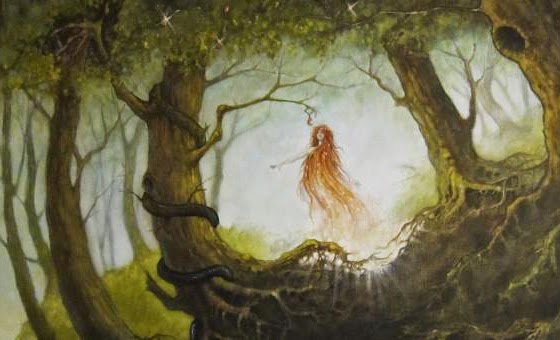 |
| Perelandra. Art by Jeremiah Briggs |
The Trilogy conclussion, That Hideous Strength (1945), set on Earth. A scientific think tank called the N.I.C.E. (The National Institute of Co-ordinated Experiments) is secretly in touch with demonic entities who plan to ravage and lay waste to planet Earth.
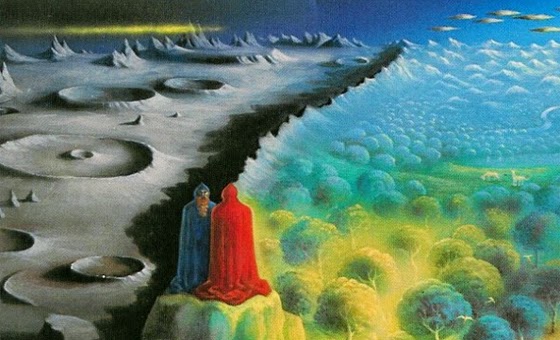 |
| That Hideous Strength, 1945 Cover Art. |
The Dark Tower.
An unfinished manuscript published posthumously in 1977, features Elwin Ransom in a less central role as involved with an experiment that allows its participants to view on a special screen their own location in a parallel universe.
In 2003 Alastair Fowler established its authenticity when he wrote in the Yale Review that he saw Lewis writing the manuscript that would be subsequently published as The Dark Tower, heard him reading it, and discussed it with him.
Although his science fiction works are less known and highly criticized, they constitute a valuable contribution to the genre.
The lack of quality science fiction and the overwhelmingly dehumanization present in the genre at that time, could be the motivations for C. S. Lewis to write science fiction instead of merely complain about that.
Things have not changed a lot since that time, nowadays dehumanization, war and transhumanism are the main ingredients in today’s science fiction, sadly we live more in the dystopian worlds predicted by many sci-fi authors than in a glorious space age full of freedom, prosperity and equity.
Perhaps it is time to create the future that humanity deserves, and science fiction is the perfect way to start.
[xyz-ihs snippet=”Bottom-Posts-Ads”]

